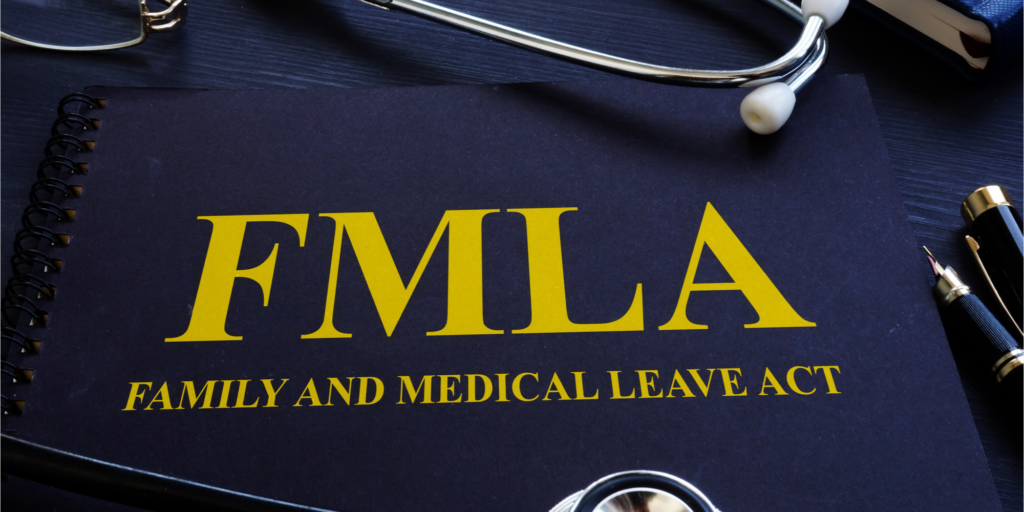Mental health conditions are increasingly being recognized as significant concerns affecting millions worldwide. Among these, adjustment disorder with mixed anxiety and depressed mood ICD-10 is a condition that often goes unnoticed despite its profound impact on an individual’s life. This disorder occurs when a person experiences stress-related emotional distress, leading to symptoms of both anxiety and depression. In this blog, we will explore this disorder, its diagnostic criteria, treatment options, and how one can seek support, including options like FMLA for depression and anxiety.
What is Adjustment Disorder with Mixed Anxiety and Depressed Mood?

Adjustment disorder with mixed anxiety and depressed mood ICD-10 is classified under ICD-10 code for anxiety and depression, specifically as F43.23. It is a stress-related condition that arises when an individual faces significant life changes or stressful events. This condition manifests through a combination of mixed anxiety and depressive disorder, leading to persistent feelings of worry, sadness, and difficulty in coping with everyday tasks.
Symptoms of Adjustment Disorder with Mixed Anxiety and Depressed Mood
The symptoms of mixed anxiety and depressive disorder ICD-10 include:
- Persistent sadness and hopelessness
- Excessive worry and nervousness
- Difficulty concentrating
- Sleep disturbances
- Fatigue and loss of energy
- Physical symptoms like headaches or digestive problems
- Avoidance of social situations
If left untreated, these symptoms can escalate, impacting one’s personal and professional life.
ICD-10 Code for Anxiety and Depression
The ICD-10 code for anxiety and depression covers various conditions, including:
- F43.23 – Adjustment disorder with mixed anxiety and depressed mood
- F41.1 – Generalized anxiety disorder
- F32 – Major depressive disorder (various subcategories)
- F41.2 – Mixed anxiety and depressive disorder
These classifications help healthcare providers diagnose and treat mental health conditions effectively.
Mixed Anxiety and Depressive Disorder ICD-10
A closely related condition is mixed anxiety and depressive disorder ICD-10, categorized as F41.2. Unlike major depressive disorder or generalized anxiety disorder, this condition involves mild to moderate symptoms of both depression and anxiety without meeting the full criteria for either disorder alone.

How to Get FMLA for Depression and Anxiety
For those struggling with severe mental health conditions, taking time off work to recover is crucial. The Family and Medical Leave Act (FMLA) allows eligible employees to take unpaid leave for medical reasons, including mental health disorders. Here’s how you can apply for FMLA for depression and anxiety:
- Consult a healthcare provider – A licensed mental health professional must diagnose you and provide documentation.
- Inform your employer – Notify your HR department about your condition and intent to apply for FMLA.
- Complete the necessary paperwork – Your healthcare provider will need to fill out medical certification forms.
- Submit and wait for approval – Once submitted, your employer has up to 15 days to approve or deny the request.
- Utilize the leave effectively – Use this time to seek therapy, medication, and other treatments to improve your mental health.

Effective Treatment Options
Addressing adjustment disorder with mixed anxiety and depressed mood ICD-10 requires a comprehensive treatment approach. Common treatments include:
1. Psychotherapy
- Cognitive Behavioral Therapy (CBT) – Helps individuals reframe negative thoughts and develop coping strategies.
- Interpersonal Therapy (IPT) – Focuses on improving relationships and resolving conflicts that contribute to stress.
2. Medication
- Antidepressants (e.g., SSRIs like Fluoxetine or Sertraline)
- Anti-anxiety medications (e.g., Benzodiazepines for short-term relief)
- Mood stabilizers (in some cases)
3. Lifestyle Modifications
- Regular exercise to boost mood
- A balanced diet rich in nutrients that support brain function
- Stress management techniques like mindfulness and meditation
Depression and Anxiety Quotes for Encouragement
Mental health struggles can feel isolating, but many have faced similar challenges and overcome them. Here are some depression and anxiety quotes for motivation:

- “You don’t have to control your thoughts. You just have to stop letting them control you.” – Dan Millman
- “There is hope, even when your brain tells you there isn’t.” – John Green
- “Self-care is how you take your power back.” – Lalah Delia
- “Happiness can be found even in the darkest of times, if one only remembers to turn on the light.” – J.K. Rowling
Conclusion
Understanding adjustment disorder with mixed anxiety and depressed mood ICD-10 is essential for those who experience stress-induced emotional distress. Knowing the ICD-10 code for anxiety and depression, recognizing symptoms of mixed anxiety and depressive disorder ICD-10, and seeking appropriate treatment can make a significant difference in one’s quality of life. Additionally, learning how to access FMLA for depression and anxiety can provide much-needed relief for those struggling to cope.
Remember, mental health is just as important as physical health. Seeking help and taking proactive steps towards healing can lead to a healthier and more fulfilling life. If you or a loved one is experiencing these symptoms, reach out for professional support today.



